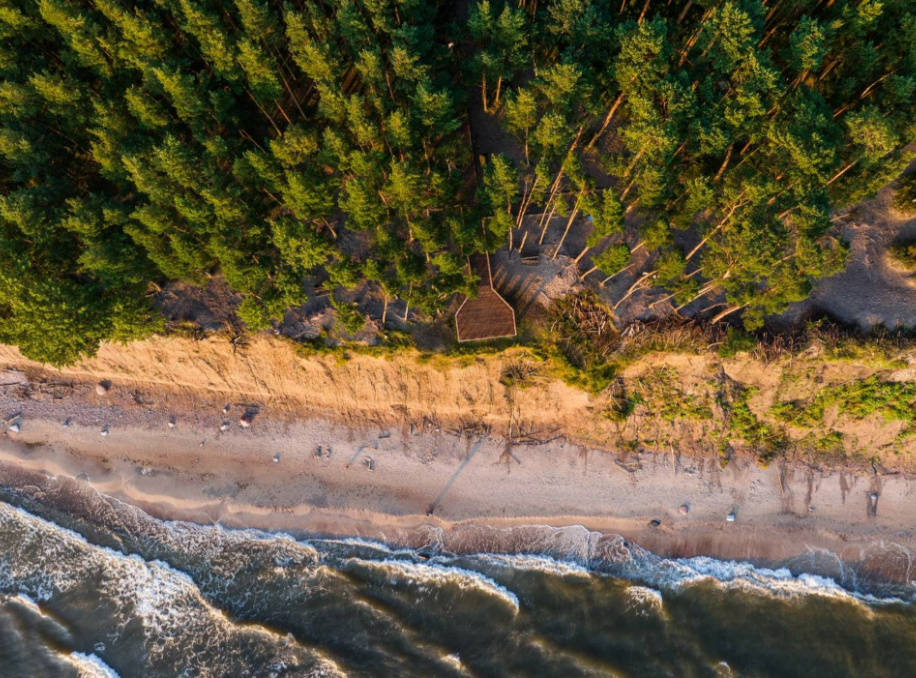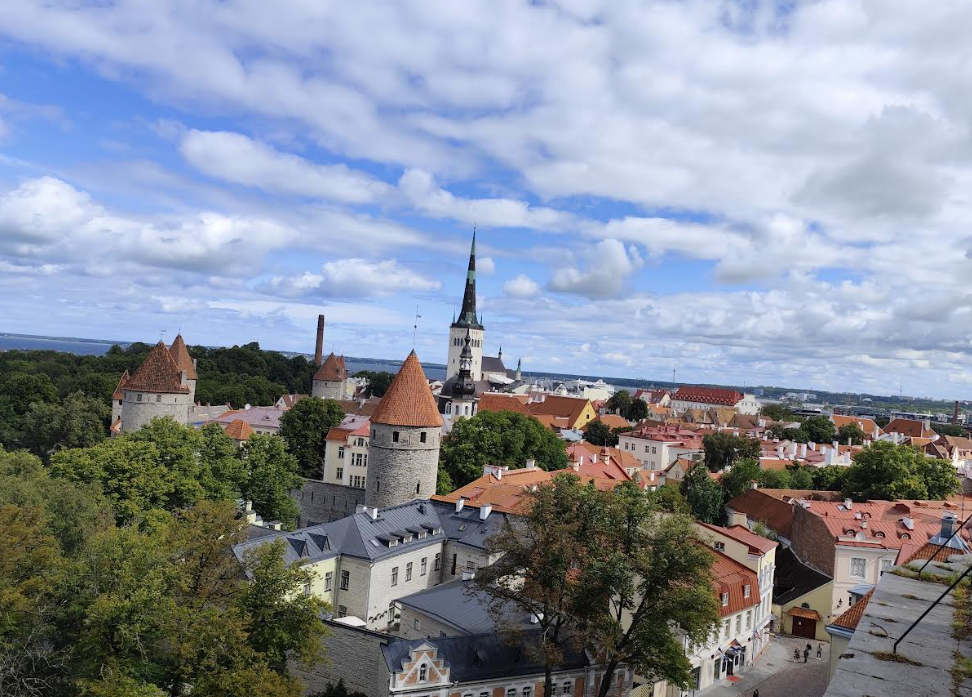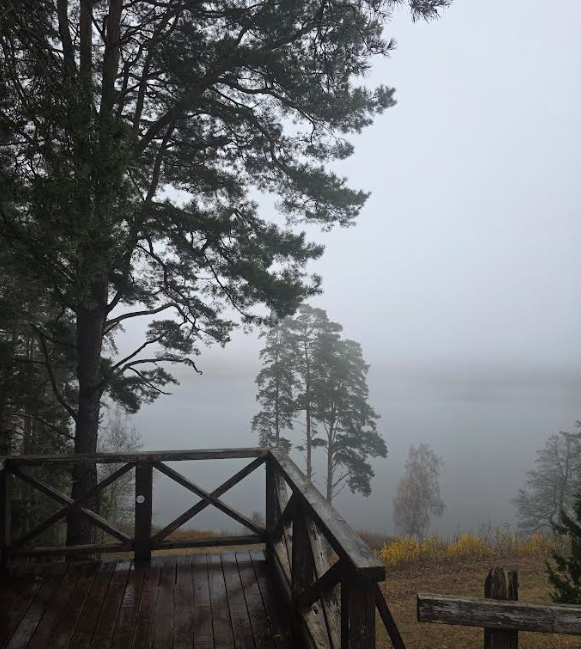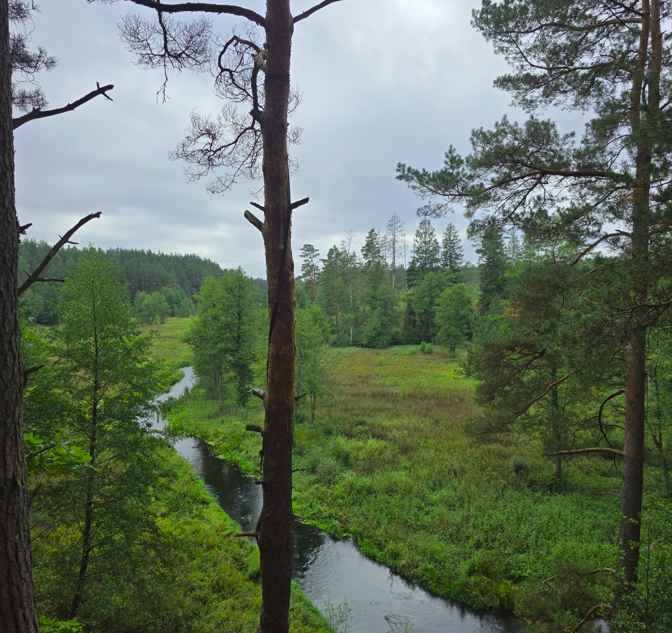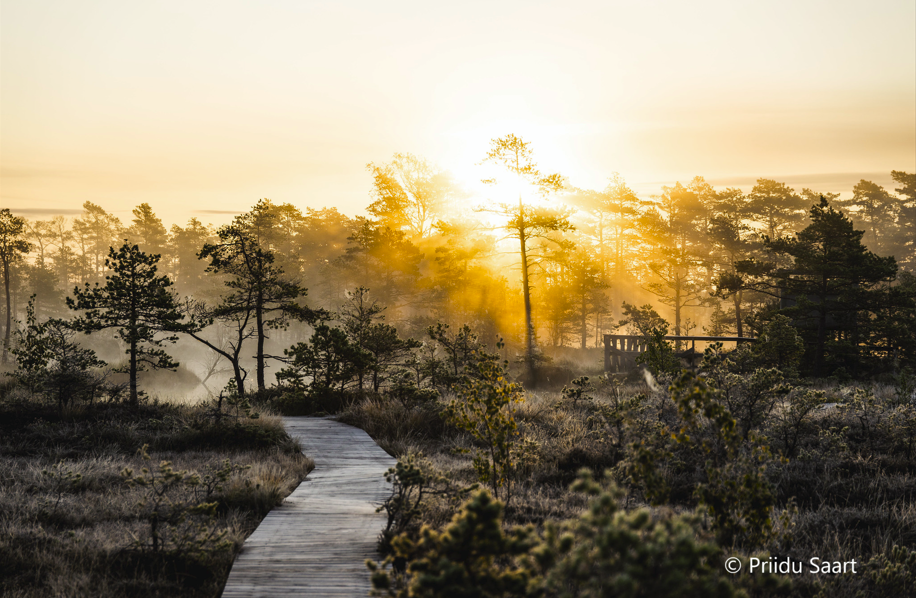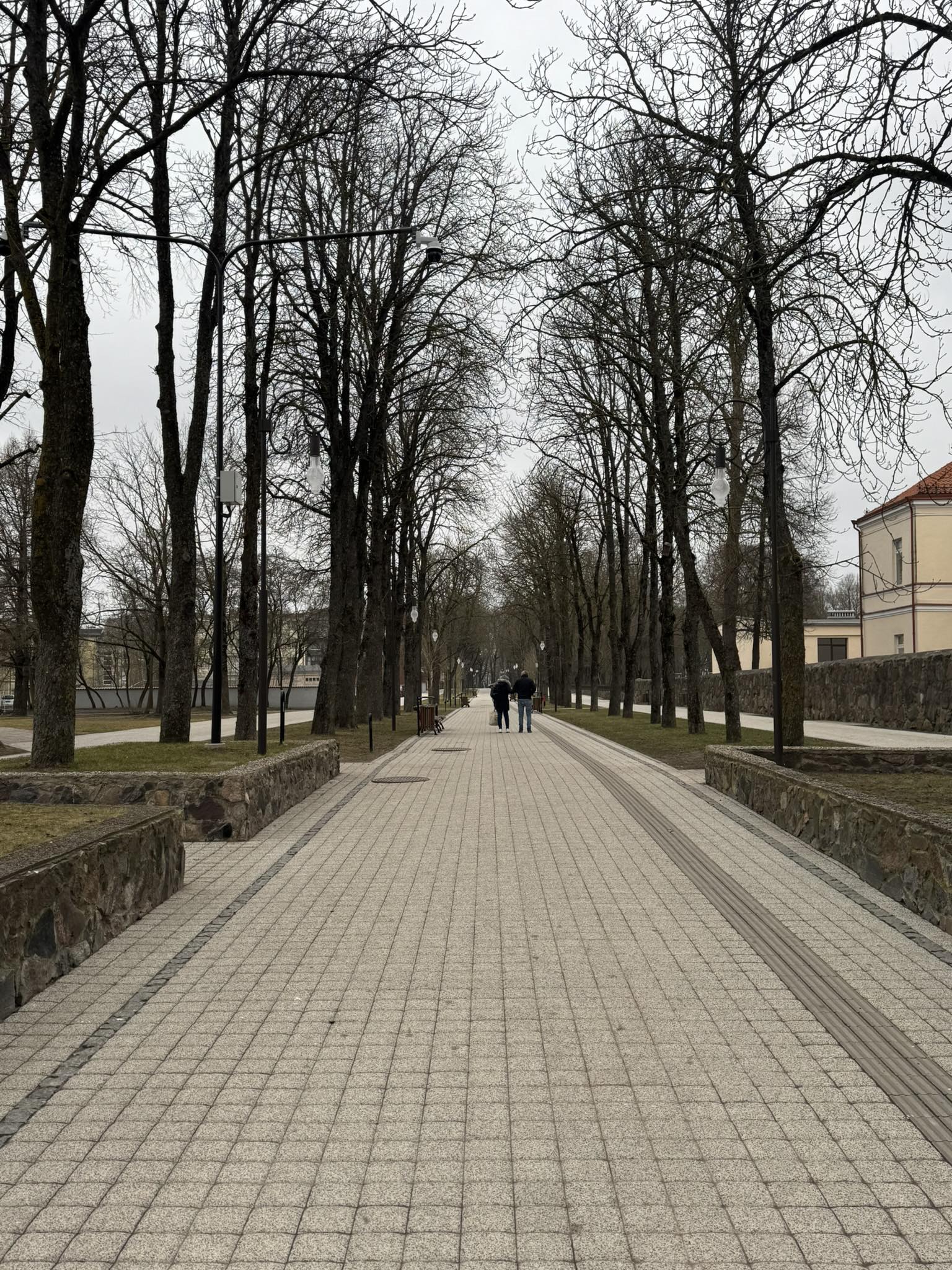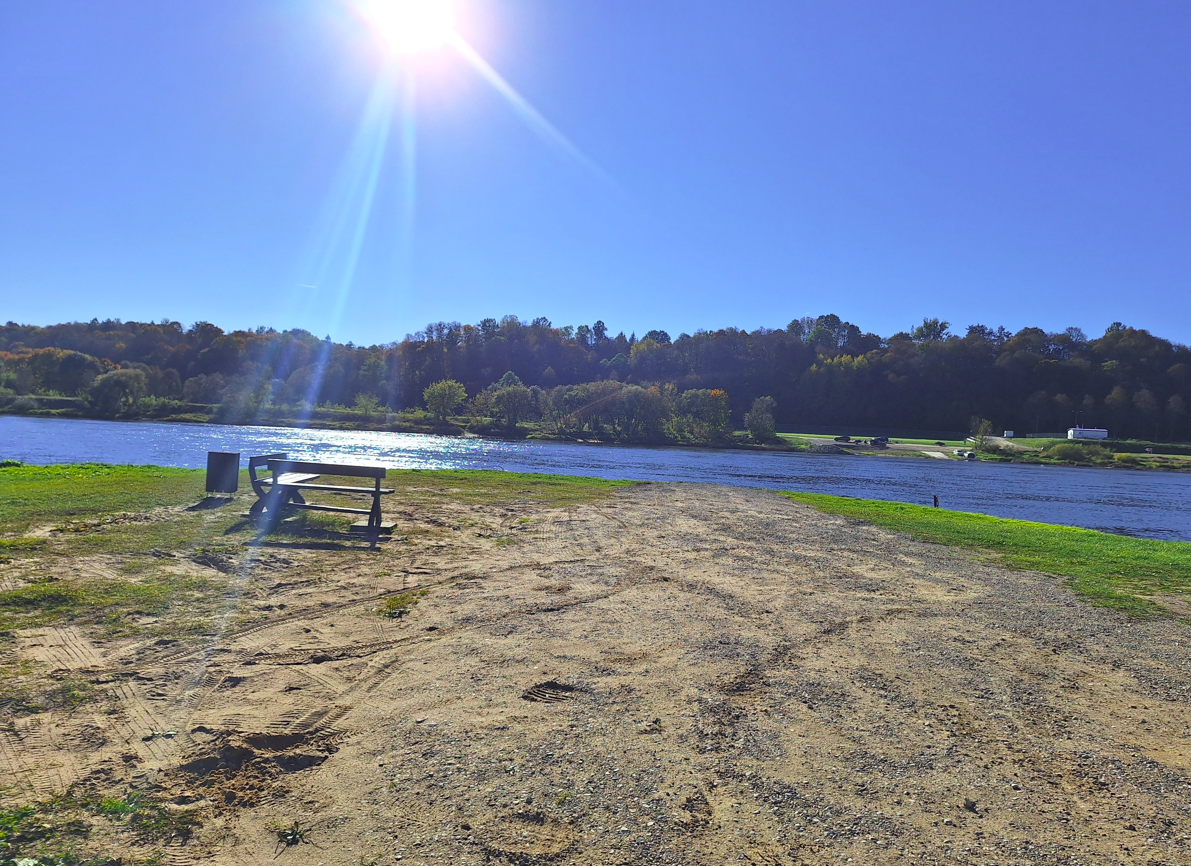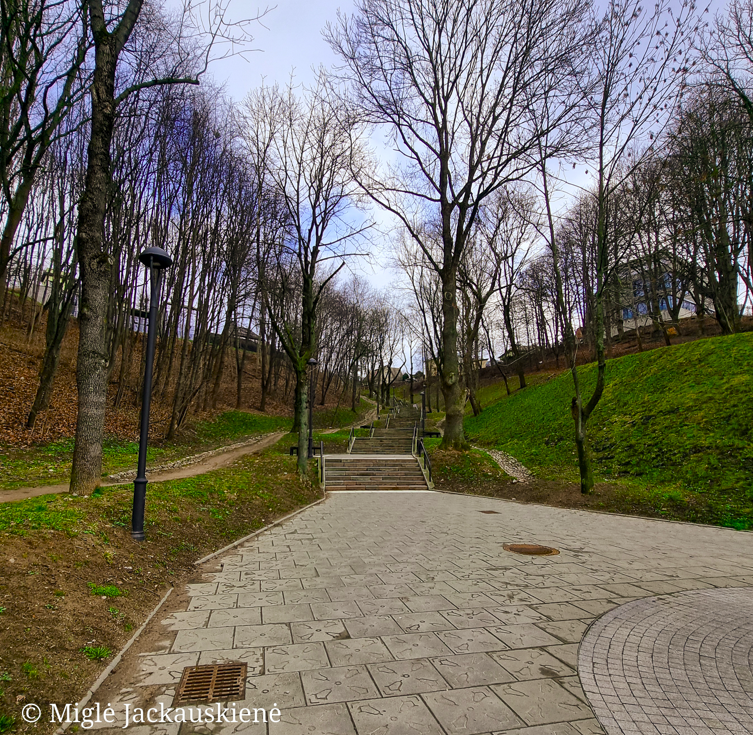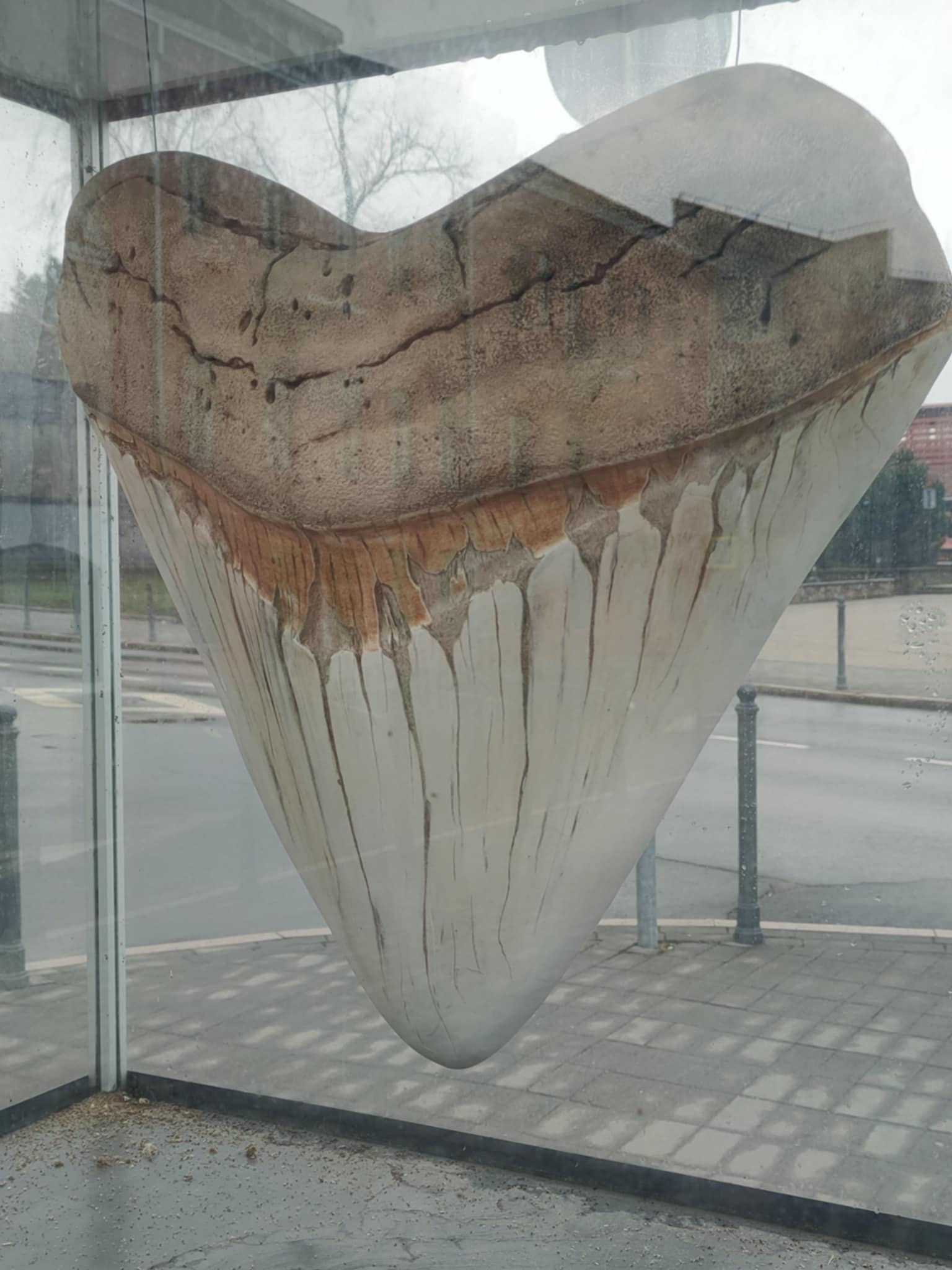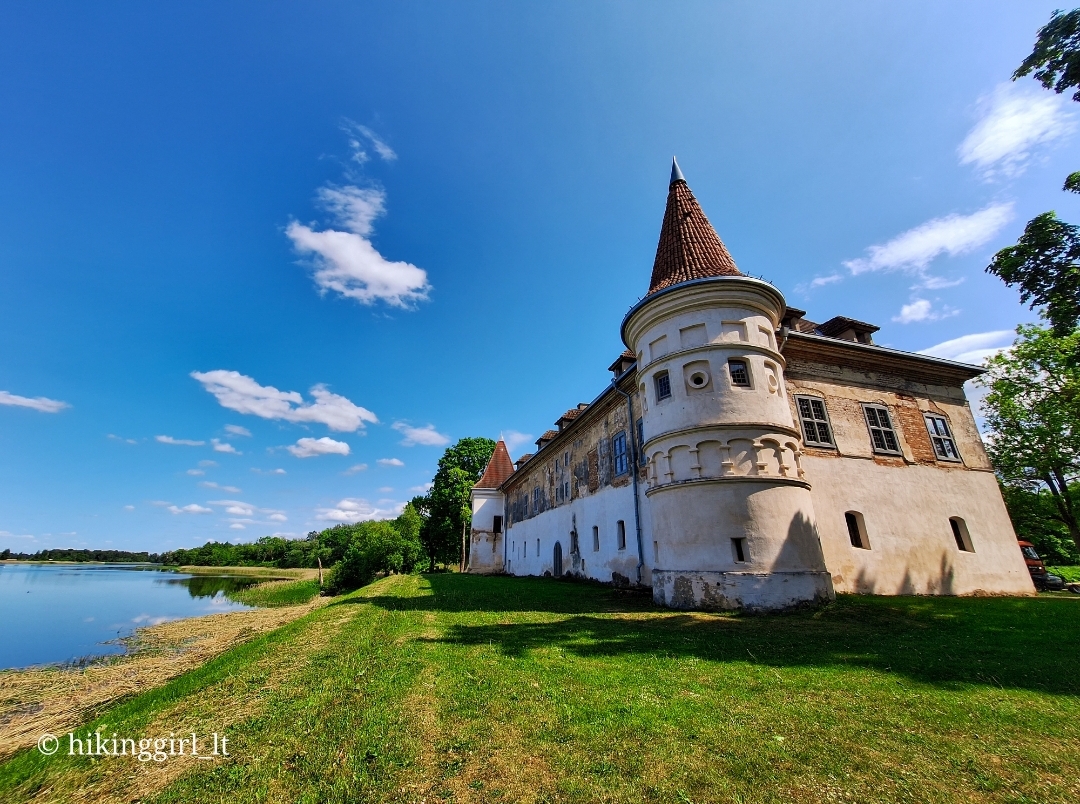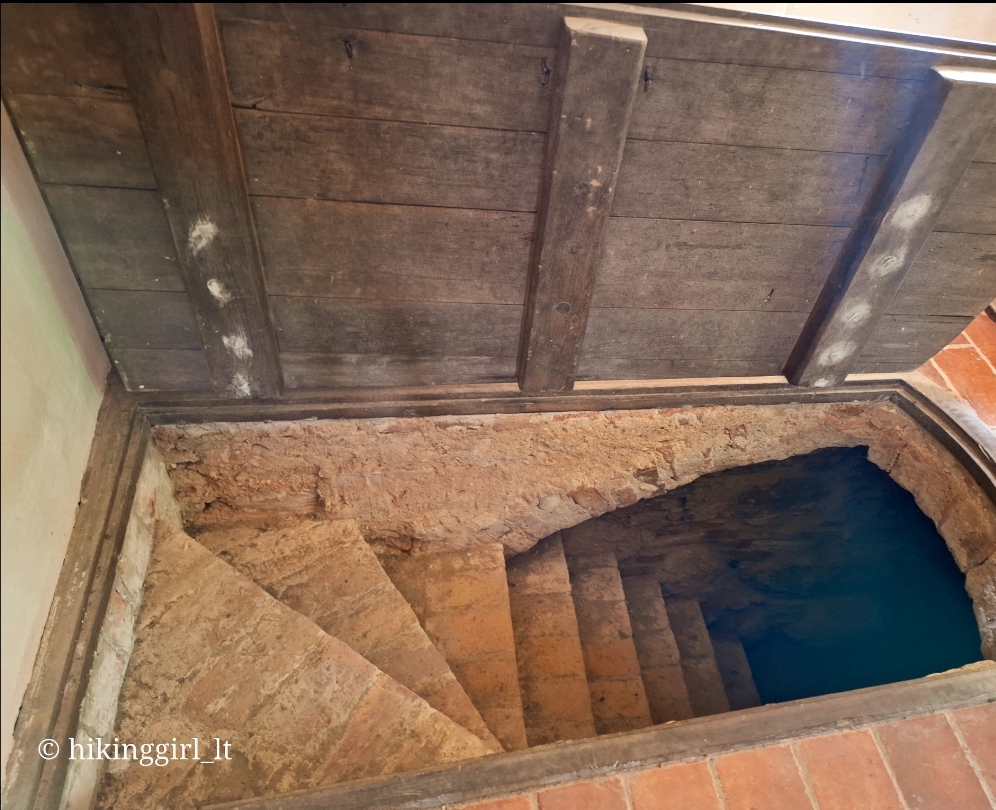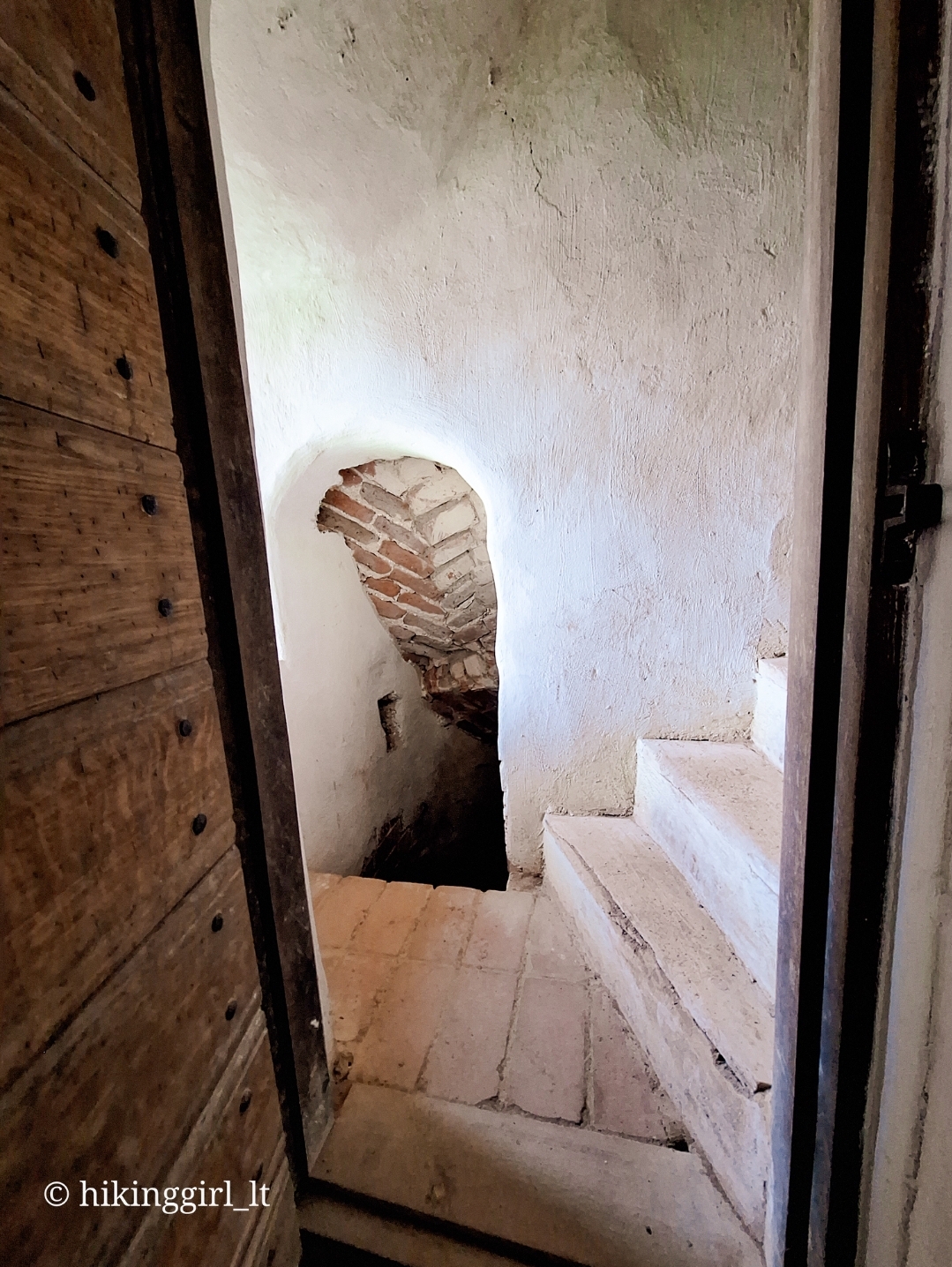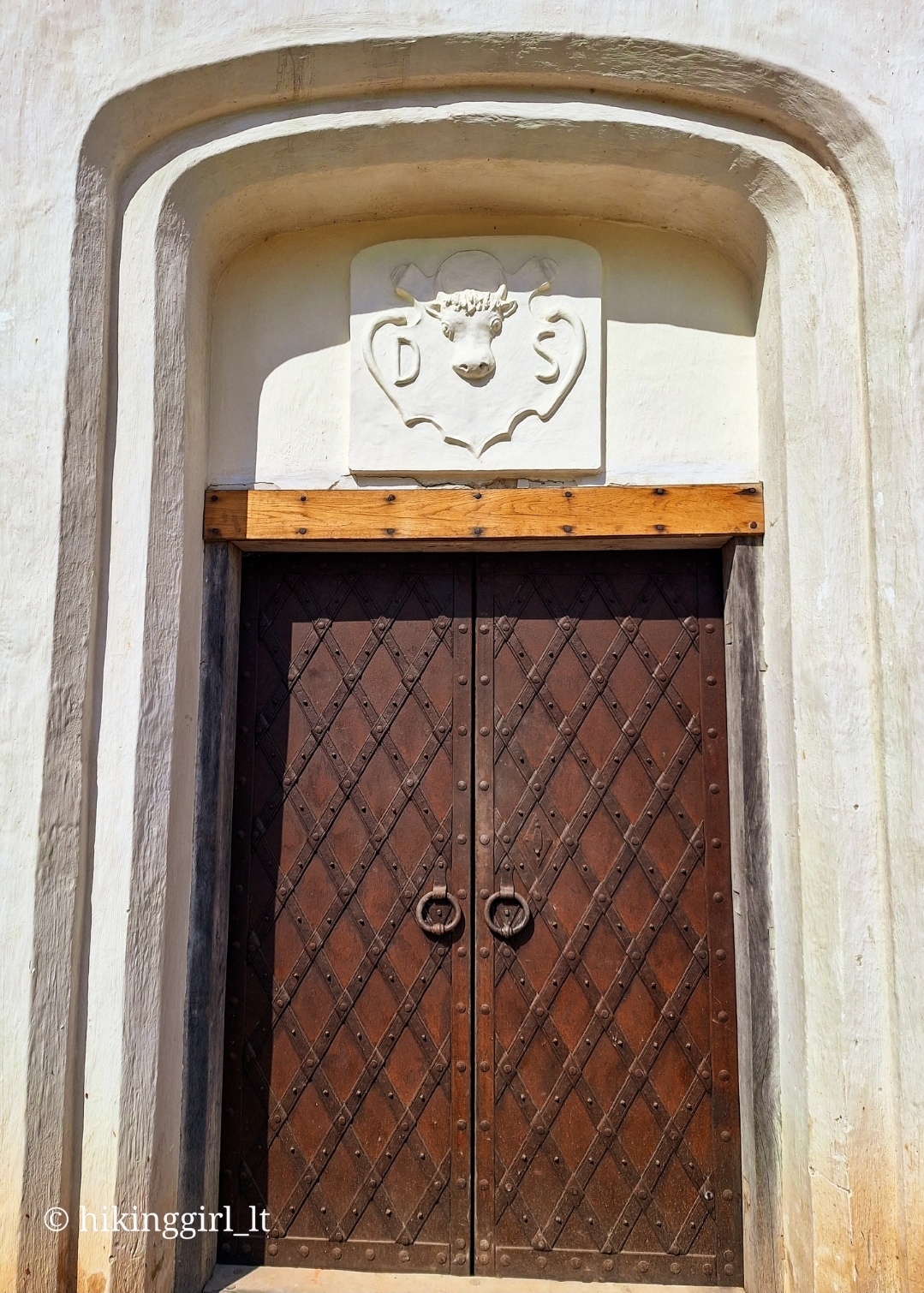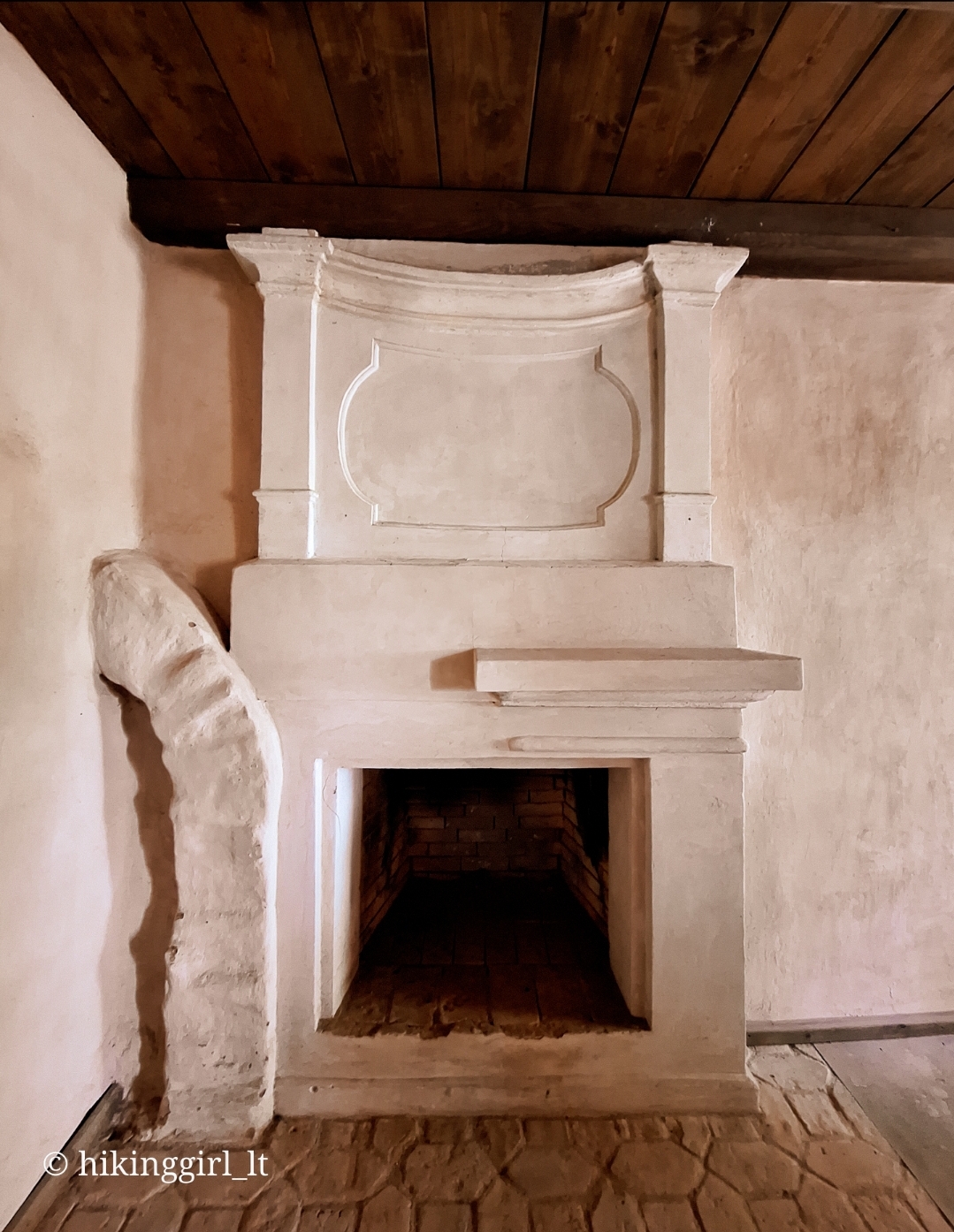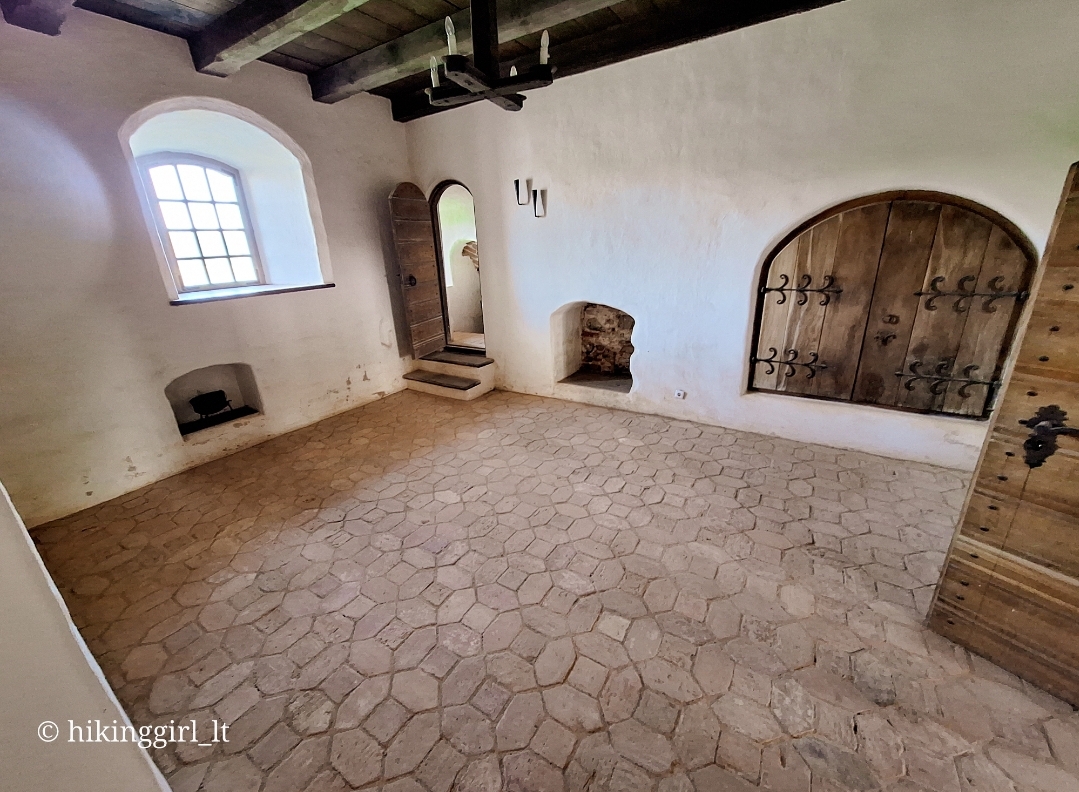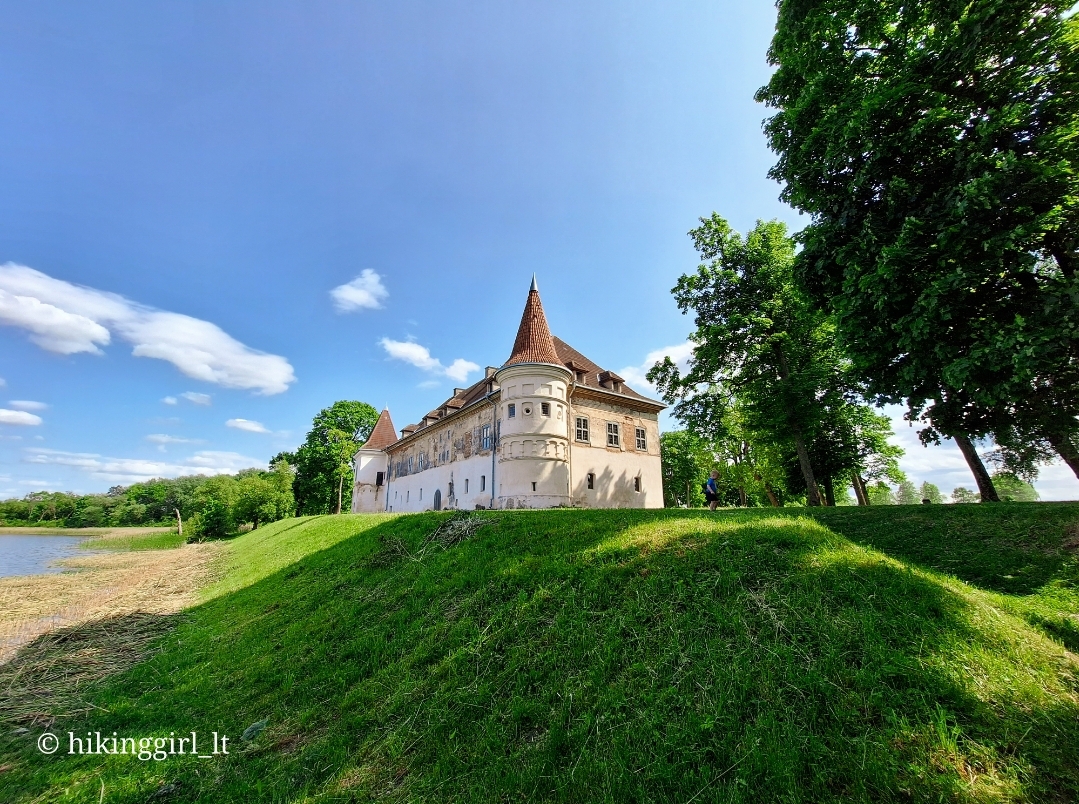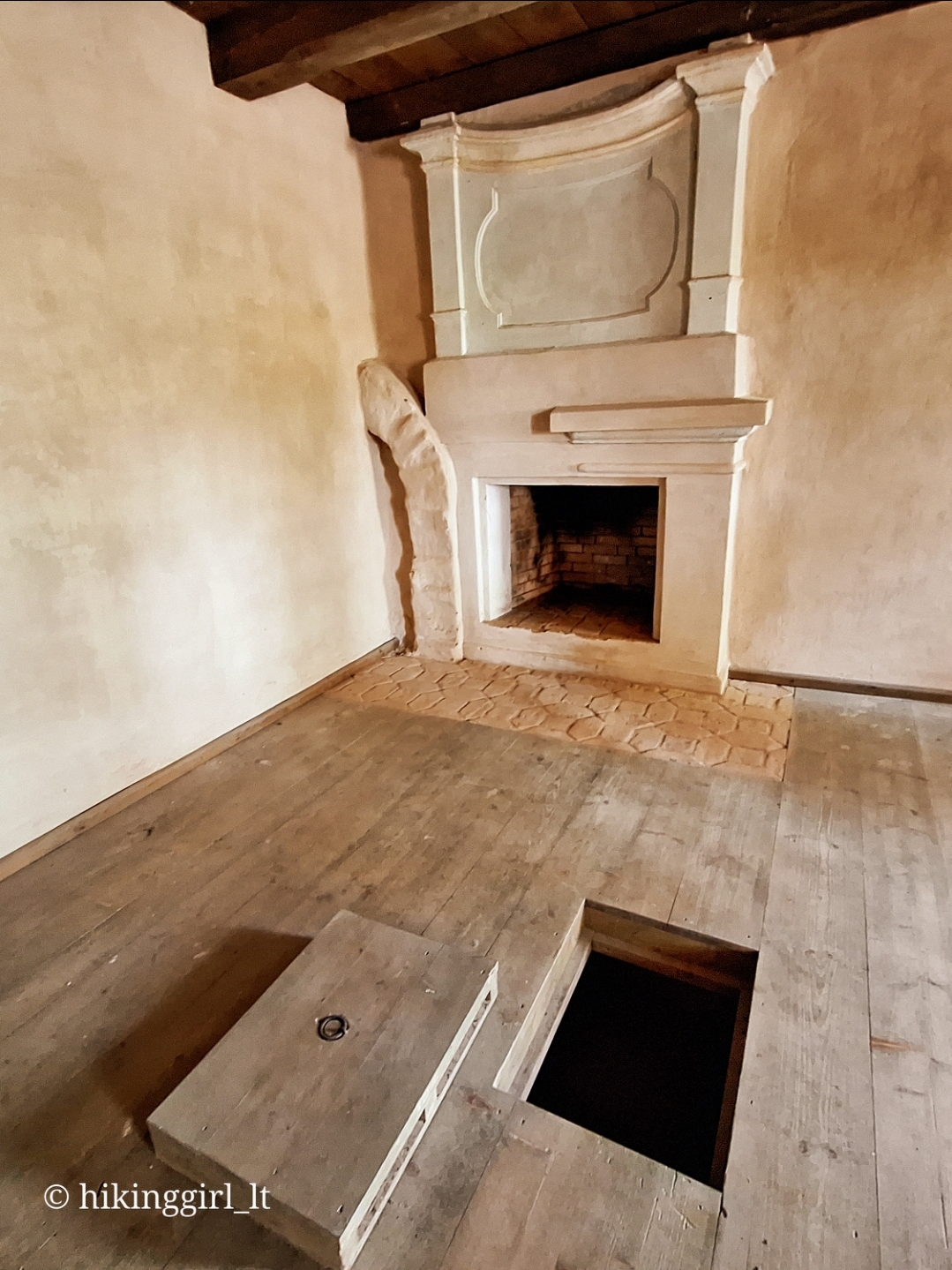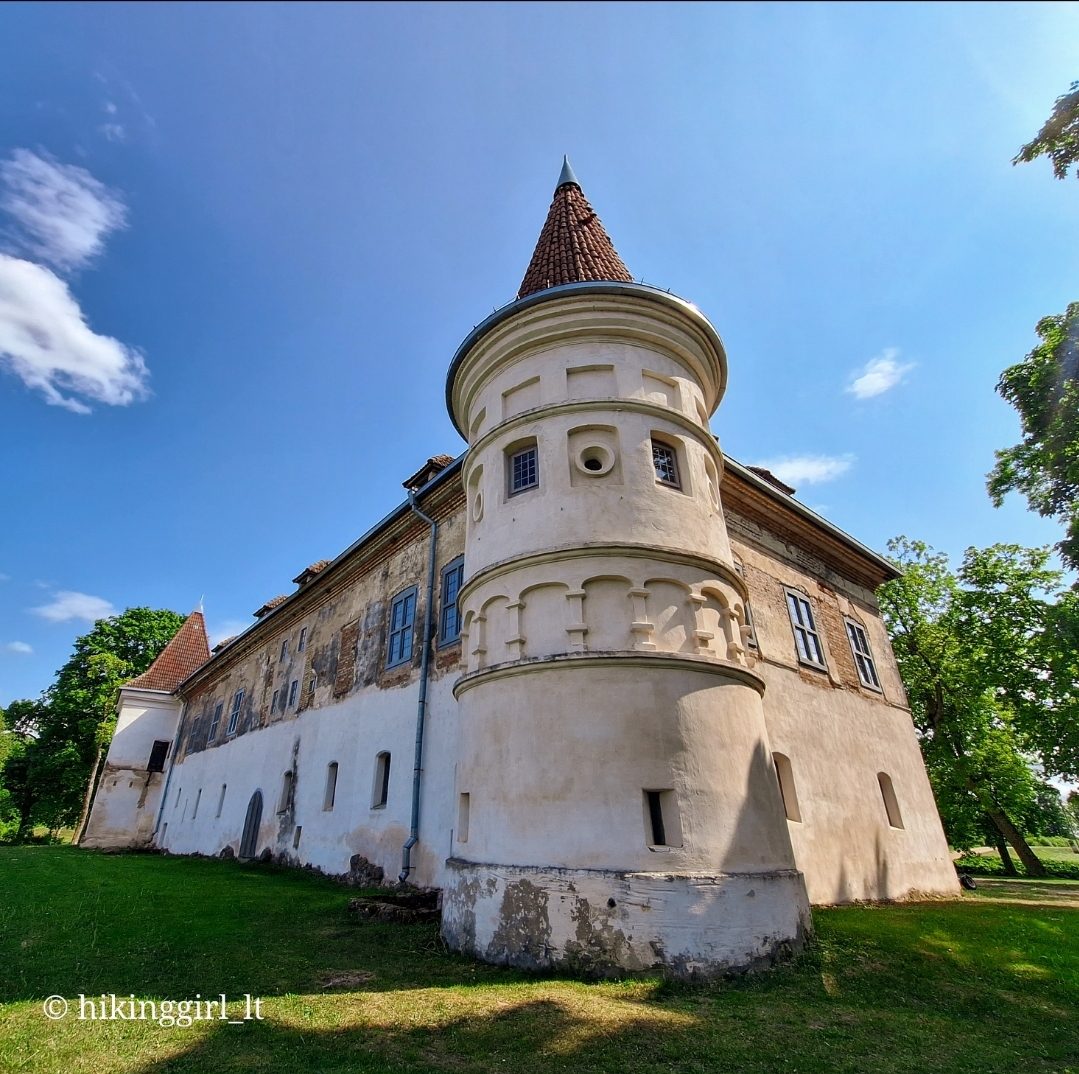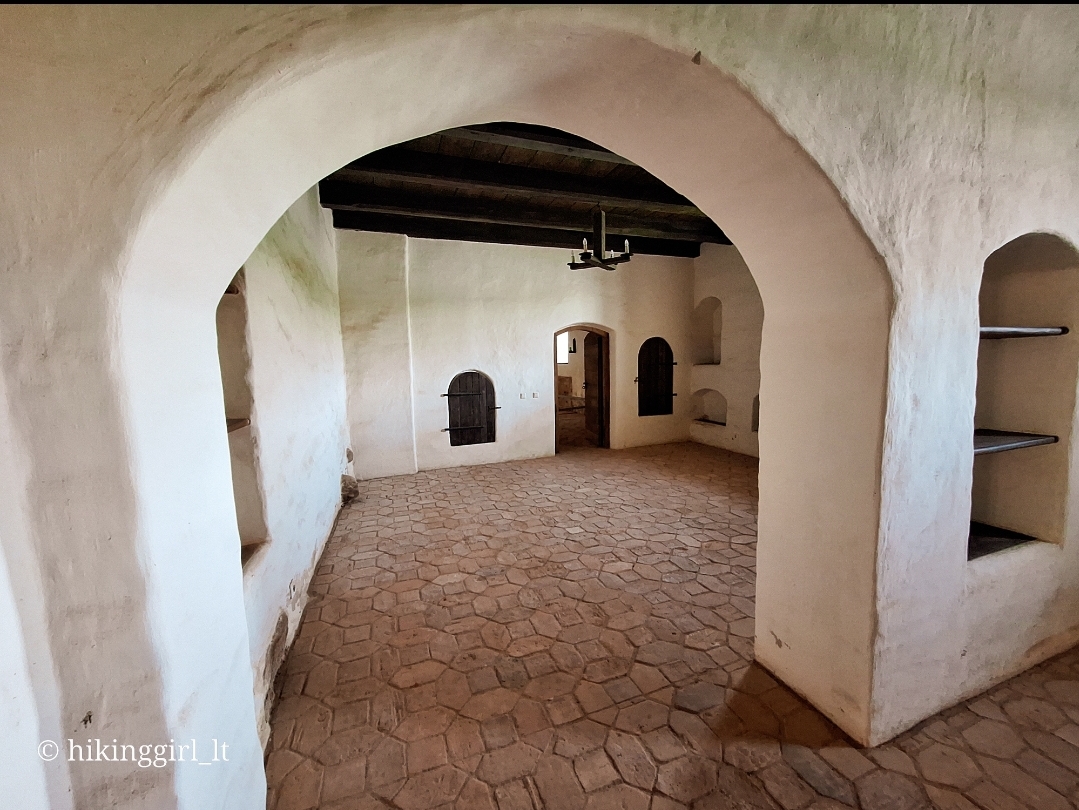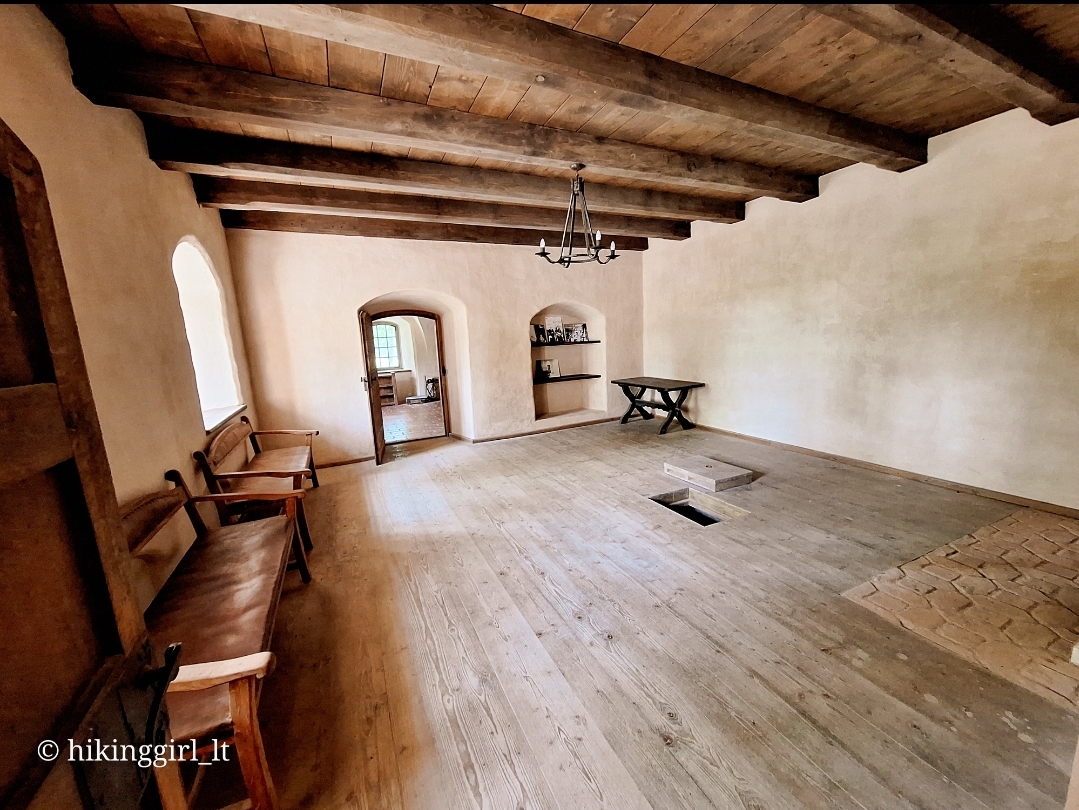Siesikai Castle is one of the oldest surviving Renaissance-style castles in Lithuania, located in the Ukmergė district, on the shores of Lake Siesikai. It was originally built in the 16th century as the Daumantai-Siesickiai Manor, which over time belonged to various noble families and was repeatedly reconstructed. The manor complex consists of five buildings: the palace, the “academy” (school), a distillery, a granary, and a pigeon loft, all surrounded by a park.
The castle was constructed around 1517 at the initiative of Gabriel Daumantas-Siesickis and was originally surrounded by defensive moats connected to the lake. Throughout its history, the castle faced destruction several times—most notably, in 1704, when it was set on fire by the Swedish army. After 1713, the Siesikai Manor was passed to the Radziwiłł family, and later, in 1745, to the Daugėla family, who owned it until 1940.
In the mid-19th century, Dominykas Daugėla renovated the palace, adding neoclassical elements. Only two towers remained, and stables and storage
buildings were constructed. During this time, Siesikai Castle became renowned for its impressive collections, including paintings, sculptures of Lithuanian deities, numismatics, porcelain, silver artifacts, and archaeological finds. Unfortunately, during World War I, archives and art treasures were lost, and after 1940, the remaining artifacts were looted.
In the early 20th century, a neoclassical building, called the “academy,” was constructed next to the palace for the Daugėla children’s education. A 10-hectare park was also created, with ancient cannons adorning the entrance.
After World War II, the castle was repurposed for various uses, including as a school, collective farm office, and cinema hall, but eventually fell into neglect. In 1999, the manor was leased, and restoration work began. In 2018, the castle was handed over to the Ukmergė District Municipality, and in 2019, it became a branch of the Ukmergė Regional Museum. Restoration efforts are currently underway to restore the authentic Renaissance style.










 Entertainment
Entertainment
 Food establishments
Food establishments


















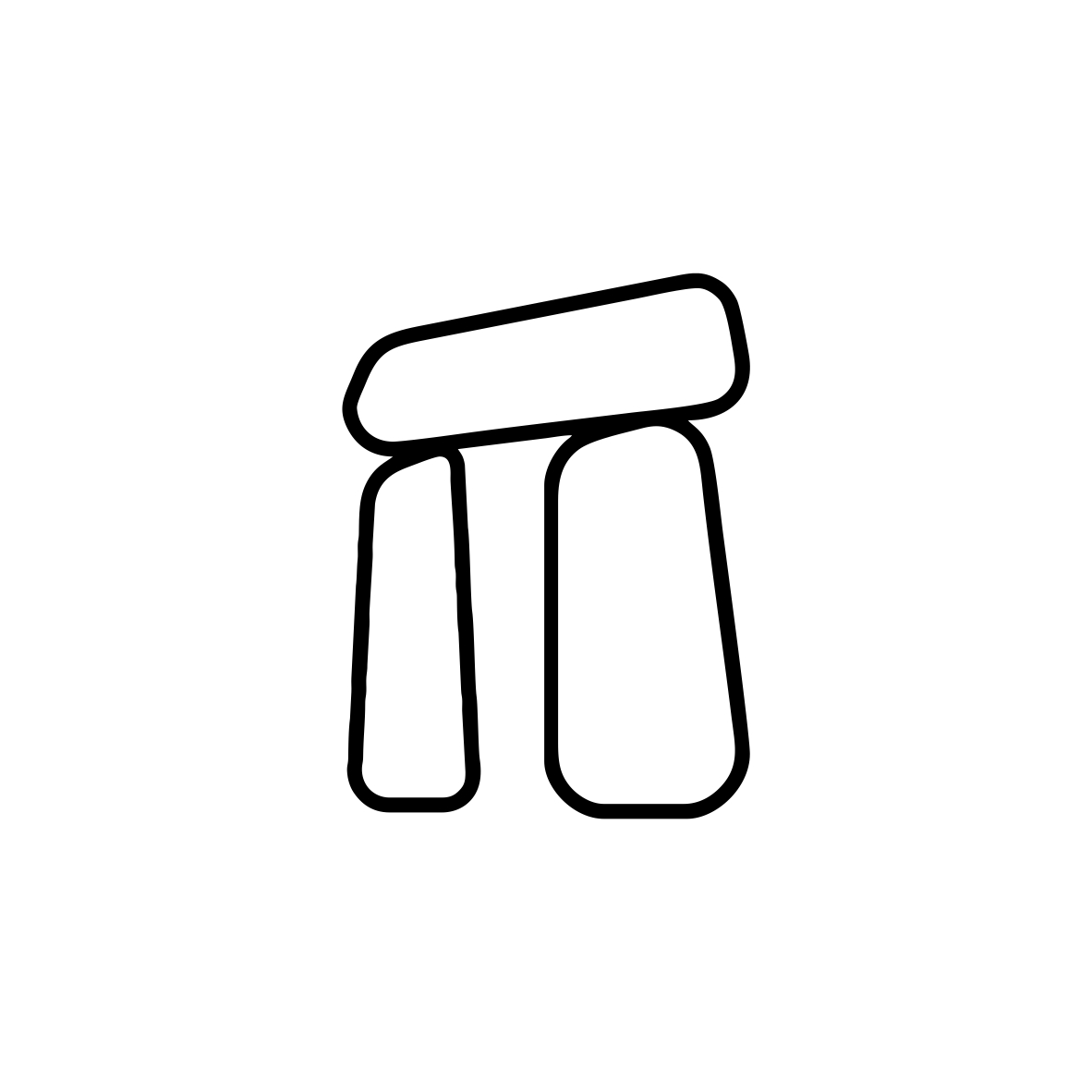










 55.286415, 24.513916
55.286415, 24.513916
 Get directions
Get directions